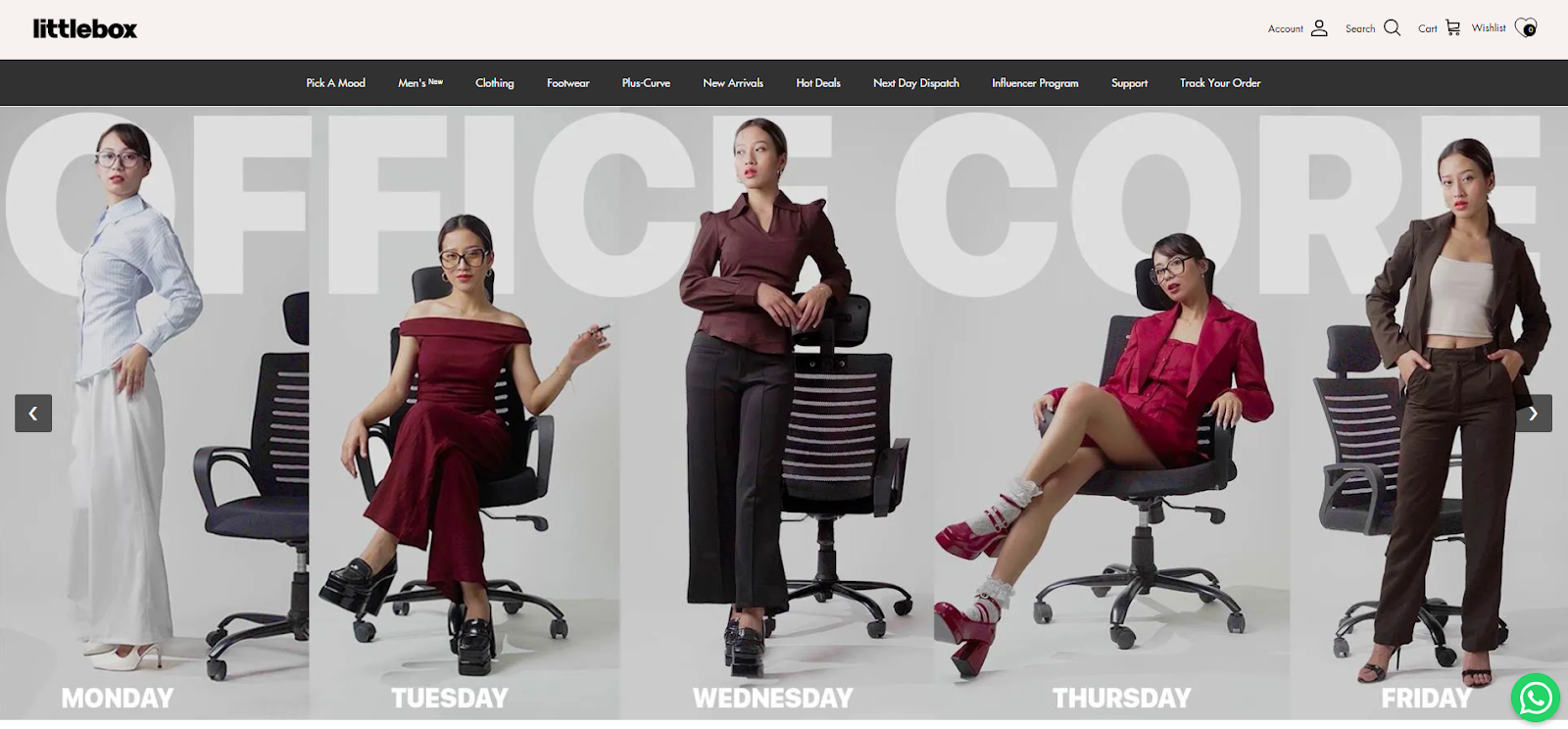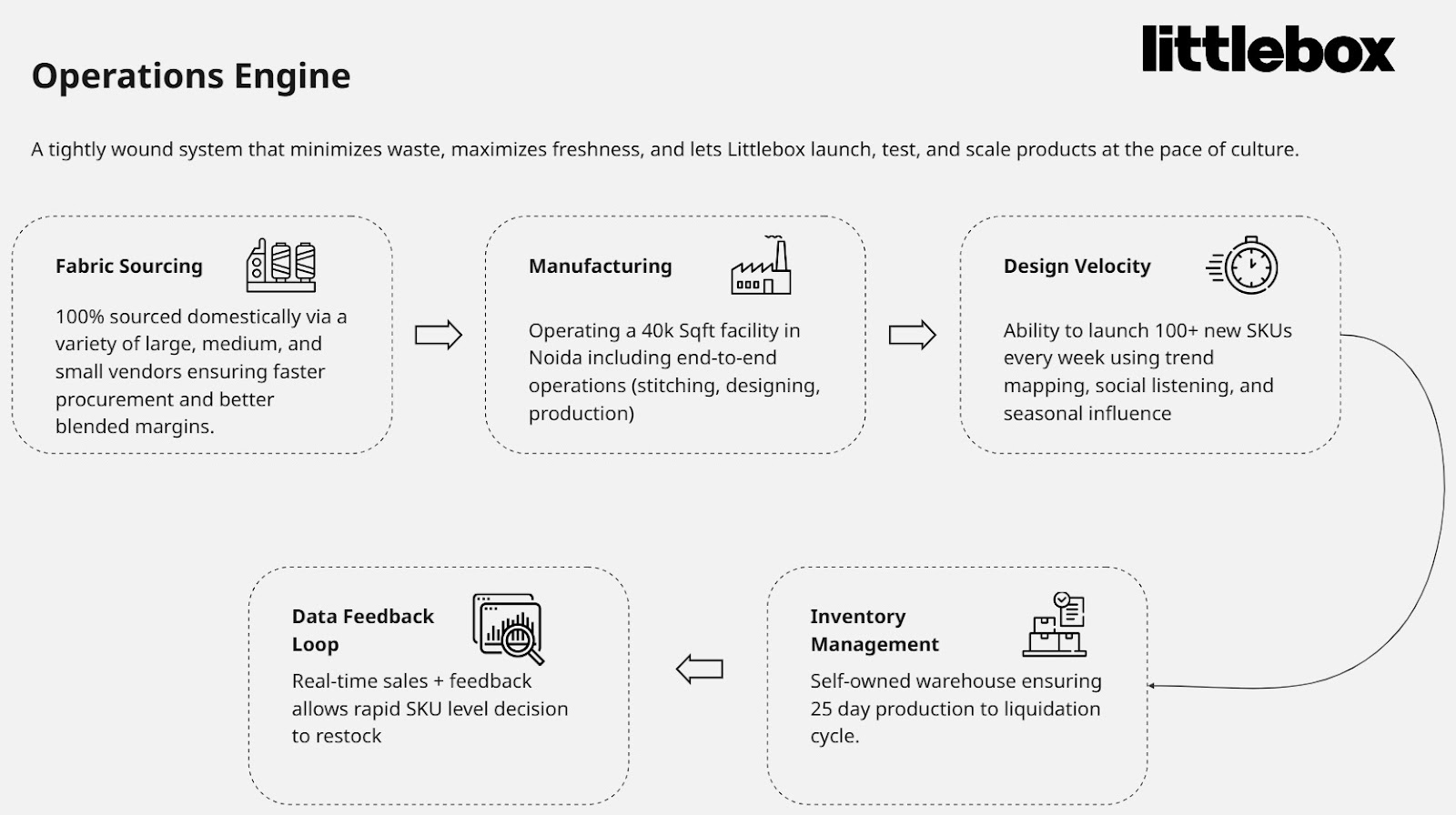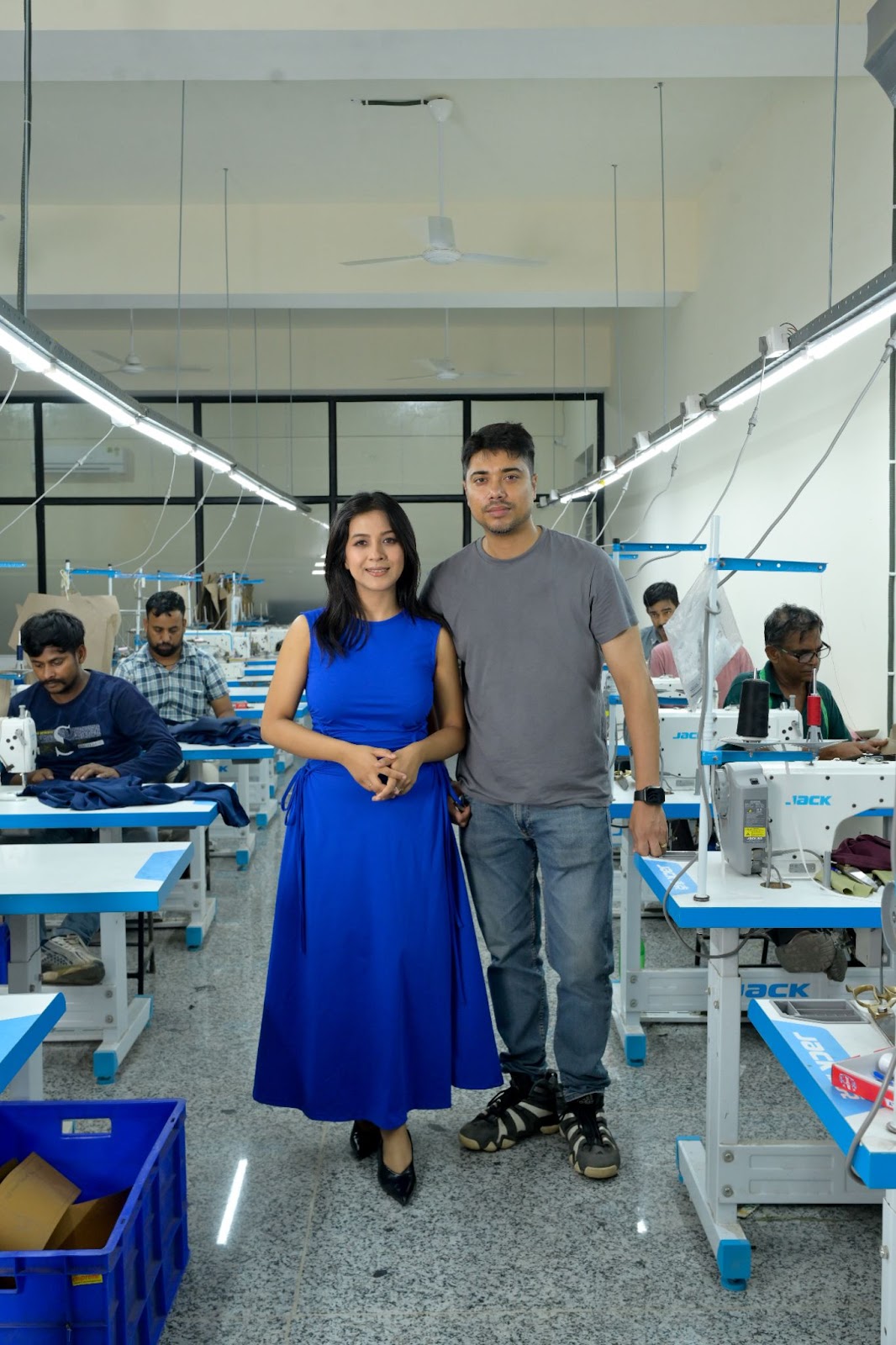Fashion used to follow seasons. Now it follows signals.
India's fashion economy is not just growing it’s evolving. What was once driven by seasonal trends and celebrity endorsements has been reshaped by a new generation: Gen Z.
Born into an era of mobile-first experiences, algorithm-driven discovery, and creator-led influence, India's Gen Z represents a cohort that doesn't just consume fashion they perform it. For them, fashion isn’t just functional or aspirational it is fluid, fast-moving, and deeply tied to identity. Style is a means of self-expression, subculture alignment, and often, social storytelling.
Fashion for the Feed, Not the Season
This generation doesn’t wait for Diwali or wedding season to shop. Influenced by viral Instagram reels, street-style drops, and Korean outfit inspiration, Indian Gen Zs buy fashion as they scroll with trend cycles collapsing from seasons to weeks, days to now hours. The shift is behavioral:
- Over 65% of Gen Zs in India discover fashion through social platforms (Instagram, YouTube, Pinterest)
- 55% of Gen Z shoppers say they make purchase decisions based on how relatable or expressive an outfit feels, not just brand or price
- The "repeat wear" stigma on social media means they shop more often, for more variety, and in smaller baskets — especially for visually striking, new silhouettes
Quick consumption, but value-conscious
Despite being digitally expressive and consumption-forward, Gen Zs in India are value conscious. They shop at higher frequency, but with budget-minded baskets. This consumption prioritizes products that reflect individuality without compromising affordability. Combined with a growing trust on D2C brands, and limited-edition drops over legacy labels speed, exclusivity, and aesthetic alignment matter more than logo recognition. These patterns force fashion brands to innovate beyond product and aesthetic into content, branding, reliability, and more.
The Global Fast Fashion Playbook Has Already Been Written
Over the past decade, we’ve seen the global fashion industry redefined by digital-native, ultra-fast brands that mastered speed, volume, and culture. Companies like Shein (>$48 billion in revenue), Fashion Nova (~$1.2 billion), and Boohoo (~$1.8 billion) didn’t win by only designing better clothing they won by engineering smarter systems. These businesses combined algorithmic trendspotting with micro-batch manufacturing and direct distribution, creating fashion ecosystems that respond to culture in real time. Their growth was powered not by retail presence, but by an ability to convert social media moments into purchasable products within days. Shein alone launches thousands of SKUs every week, iterating on what works, discarding what doesn’t, and compounding small wins into a global empire all without any retail presence.
Why this playbook matters now, in India:
- Behavioral fit: India's Gen Z is mobile-first, social-native, and trend-responsive matching the exact audience profile that powered Shein and Boohoo globally.
- Model-proven: The real-time fashion operating model has already been de-risked globally India’s supply chain and consumer base are primed for a local version.
- Underpriced attention: Indian Gen Z represents a rapidly growing spending class, with high intent but few digital-first brands built for them.
- No local winner yet: While global brands are present, none are built with the responsiveness, cultural nuance, and affordability this segment demands.
- System > Style: This is not a fashion bet it's a systems bet on a faster, more responsive way to deliver identity at scale.
Given that the playbook has been written. The question is who will run it here. We believe Littlebox is doing just that by building India's own version of it: a brand born online, engineered for trend velocity, and culturally wired into the scroll feeds bookmarked for the Gen Z of India.
Introducing Littlebox
Littlebox is a digital-first, youth-led fashion brand reimagining how India’s Gen Z shops, dresses, and expresses themselves. Founded in 2022 by Rimjim Deka and Partha Kakati, seasoned operators from the fashion/apparel space, Littlebox is built around a simple but powerful idea: fashion should be as fast, diverse, and expressive as the generation it serves.
From day one, Littlebox was designed to move at the pace of culture. The brand introduces 100+ new styles every week, with a catalog shaped by social trends, real-time consumer feedback, and deep community insight. Their products are not built for seasons they’re built for moods. Whether it’s “day out with friends,” “college looks,” or “mildly dramatic workwear,” Littlebox offers high-frequency style drops that feel personal, current, and immediately wearable.


Built to Move Fast: The Supply Chain Advantage

Why Littlebox stands out:
- Ultra-Fast Inventory Turnaround (25 days): Hyper-responsive supply chain, enabling near real-time merchandising and minimal inventory risk.
- Hybrid Manufacturing: Strong control over production, through a mix of in-house and outsourced partners allows faster prototyping, tighter and more diligent QC, and seamless design-to-drop execution something few fast fashion players can claim.
- Made-in-India Advantage: Operating within a vertically integrated Indian ecosystem helps compress lead times and eliminate overseas dependencies.
- Data-Informed Design: Design decisions are driven by Social media (Instagram et al) and in-platform performance data ensuring relevance and reducing waste.
- Freshness-Driven Merchandising: With weekly drops and ~30–50% SKU refresh bi-weekly, Littlebox maintains high consumer engagement and inventory velocity.
Captive by Design: 100% D2C Sales Engine
100% of sales today come from its own captive channels, giving the brand full ownership over the user journey, margins, and data loop. The split is both healthy and strategic:
- ~60% via website — ideal for discovery, seasonal drops, and new customer acquisition
- ~40% via app — driven by loyalists, faster conversion, and repeat behavior
This channel ownership is further supported by a strong and growing social media presence, which acts as a top-of-funnel engine. Littlebox has built a loyal audience of over 320K+ Instagram followers and an engaged Influencer community through style guides, product drops, and behind-the-scenes content. Most discovery and traffic are driven organically or through performance marketing across the platforms helping Littlebox sustain reach without relying on third-party distribution. Together, this ecosystem gives the company end-to-end visibility and tighter control over acquisition, engagement, and retention.
The Team
Our interaction with the Littlebox team started a year ago in the summer of 2024, and we’ve been actively tracking them as they build a large business with depth. We’ve seen the team execute effortlessly across functions. Overall, the team is led by a complementary founding team combining deep expertise in fashion ops, digital performance, supply chain operations, and data analysis. Rimjim (CEO), brings deep branding and strategy experience to the business. Partha (CMO), is the go-to-marketing head, leading digital marketing efforts. A recent addition to the team, Alok (COO), brings a wealth of experience across marketplace ops and supply chain proficiency.

Fast Forward to 2030
At its core, we believe Littlebox will define the future of fast fashion in India — built on first principles: supply chain agility, trend responsiveness, rapid stock turnover, and disciplined working capital management.
As India’s apparel market deepens, the next phase of growth will be led by brands that can operate at the speed of culture. Littlebox is set to lead this shift with its real-time fashion engine — identifying micro-trends before they go mainstream, and moving from reactive to predictive fashion planning.
While metros will remain key, we see Littlebox unlocking outsized opportunity across Tier-II and Tier-III India — markets where demand for affordable, trend-forward fashion is accelerating. As their captive channels scale, we expect a significant share of revenue to come from owned platforms, enabling them to build direct demand visibility and create predictable, repeatable growth.
We’re backing Rimjim, Partha, and Alok to lead this evolution and shape what fast fashion looks like for the next generation of Indian consumers.




